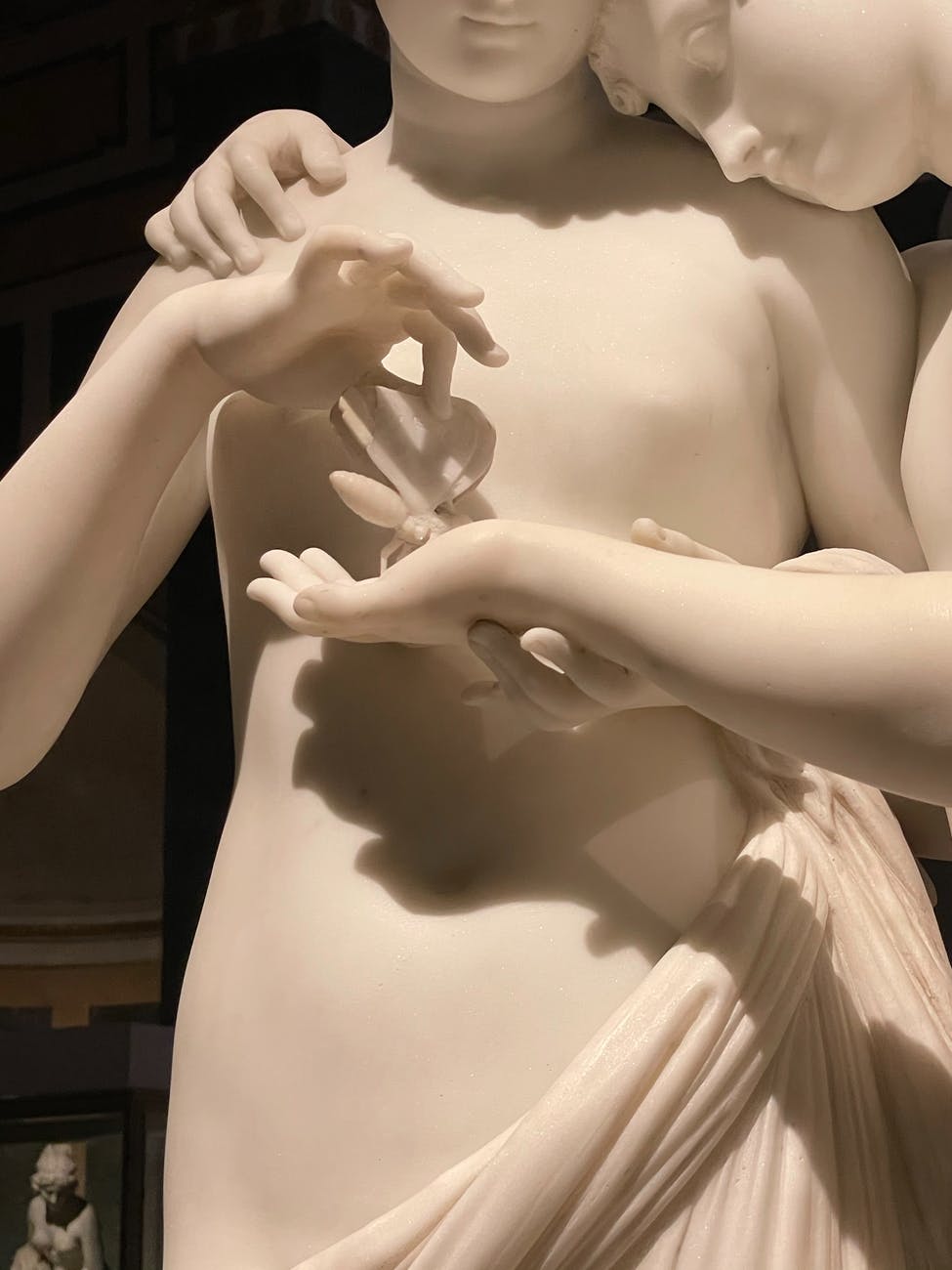|
By: R. Mautner In nearly every other species, the concept of beauty in relation to attraction and seduction is more present in the male than the female. Peacocks, for example, have colourful and captivating feathers on their back to attract and mate with the females of the same species. Many other animals follow the same example: the male usually displays beauty or strength to attract and reproduce with their respective females. In humans, though, we are aware from ancient records that women have always been the focus of beauty and attraction in societies globally. The Greeks had Aphrodite, the goddess of beauty. On another continent, the Tupi-Guarani believed in Caupé, a figure that also represented this concept. This evokes the question: Why are humans different than most species in this sense?
The culture that worships feminine beauty (which often has negative consequences) may still be present in the modern world, yet it is believed to have originated thousands of years ago. Anthropologists and scientists mostly confirm the initial basis that pregnancy is relatively shorter for humans than other species, i.e., human babies are born immature and less developed if compared to other animals’ offspring. This process occurred from how intelligence became a survival criterion, causing babies’ heads to increase in size. However, at the end of the original duration of pregnancy, it was more than common for the mother and/or the baby to die in labour due to the head’s size. Hence, as a result of natural selection, relatively premature labours became more frequent as the babies’ heads were not too big at that point, and most labours were successful. Consequentially, they were born less developed: while most species’ offspring are born already with the ability of walking, human babies normally take one year to do this. After 9 months, a new-born hasn’t even formed a full bone structure. This meant that human babies required (and still do) more assistance in their early stages of life. From this idea, some anthropologists theorise that, because of this need for later assistance, women began to seduce men into staying with them after they had conceived a baby, differing from many other species where the male leaves the female, usually right after mating. Another point that leads to this is the fact that humans are monogamous, unlike many other species, meaning that they only have sexual relations with one partner at a time. Eventually, this evolved into our modernized conventions of a relationship, which involve not just sex but affection, commitment and interpersonal health. These factors collectively point back to women incentivising men to stay with them to take care of their new-borns, usually by the means of physical attraction. Altogether, this stigmatised the idea in human societies that women – rather than men – are the symbol of beauty. This theory remains unproven since there is no concrete evidence to support it. All in all, it is still shocking how there is a solid possibility that a culture that remains in our modern world roots from thousands of years ago and the factors that dictated survival and procreation back then. Following a logical sequence, we can infer that the culture of focusing women on beauty standards developed into a harmful mentality of objectifying women, a mindset that some people currently still give into even though our world has already drastically changed.
0 Comments
Leave a Reply. |
Categories
All
Archives
June 2024
|

